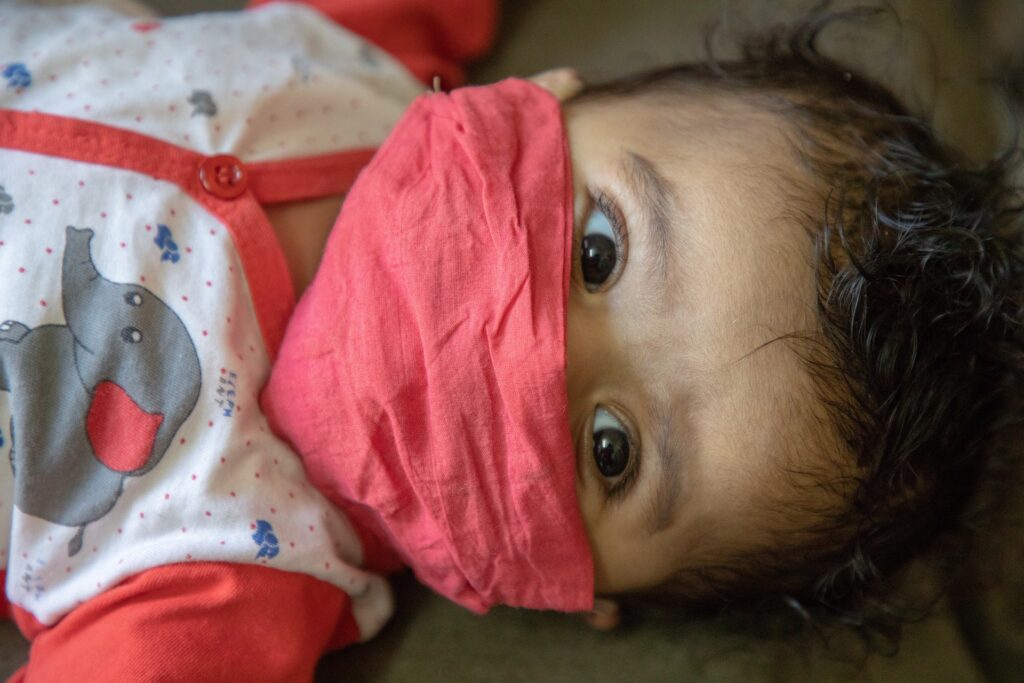
World Health Day: Environment and climate change-related health hazards
 By Dr Ravindra Vora*
By Dr Ravindra Vora*
Environmental degradation and climate change make both rich and poor vulnerable, however, the poor and rural people are hit the hardest by the health hazards. As it is, catastrophic changes in the environment and climate on planet Earth have caused a great increase in diseases, morbidity and premature mortality. These factors have reduced the safety and quality of human life even posing a threat to the survival of the human race during the present 6th mass extinction.
The burden of diseases worldwide has increased healthcare providers’ challenges and responsibilities and the expenses to National Health Care systems.
Also read: Nature rejuvenation is key for ‘Health for all’
Therefore, we have to prevent health hazards to nature and lifeforms through nature rejuvenation and environmental enrichment strategies. Our role in society is more important to make people, leaders, policymakers and Government aware of the causes and facets of health hazards and convince them to conserve natural resources and restore the environmental balance by reducing exploitation, pollution of natural resources and carbon footprint.
We have to switch over from anthropocentric to sustainable development through control of our greed and consumerism by making eco-friendly changes in our lifestyles. It is equally essential to control the growth of the population and follow the principles of sharing the resources enough for our needs and equally for all life forms. Thus, we have to shift the priorities of the nation’s prosperity from Gross Domestic Product (GDP) to GNR (Gross Natural Resources).
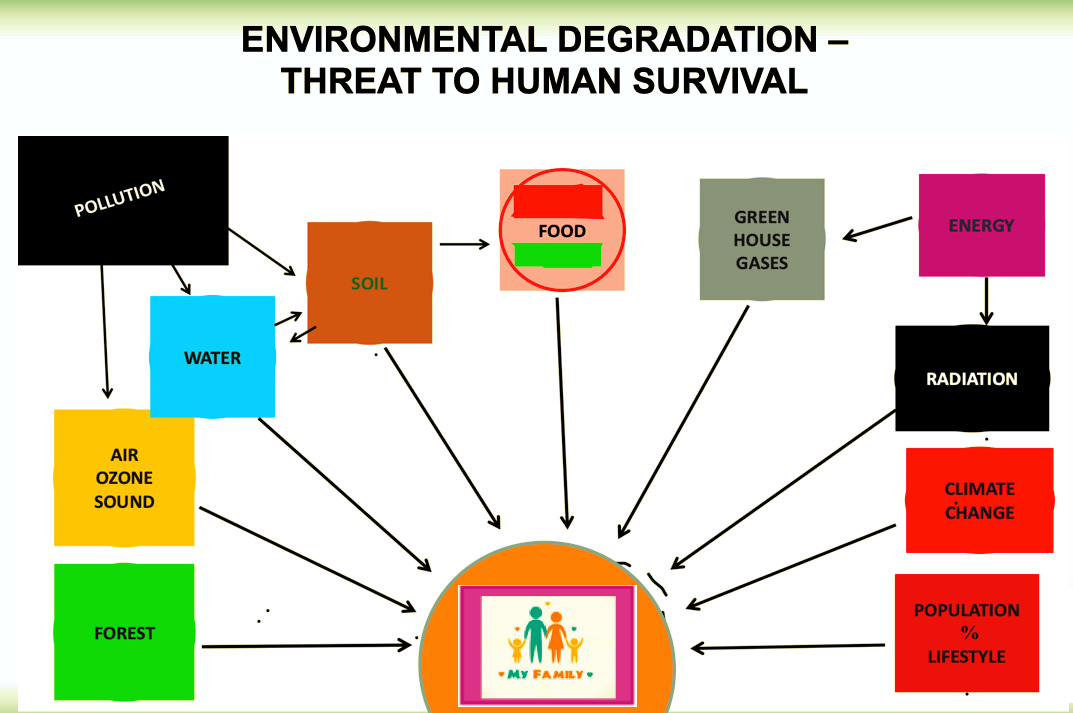

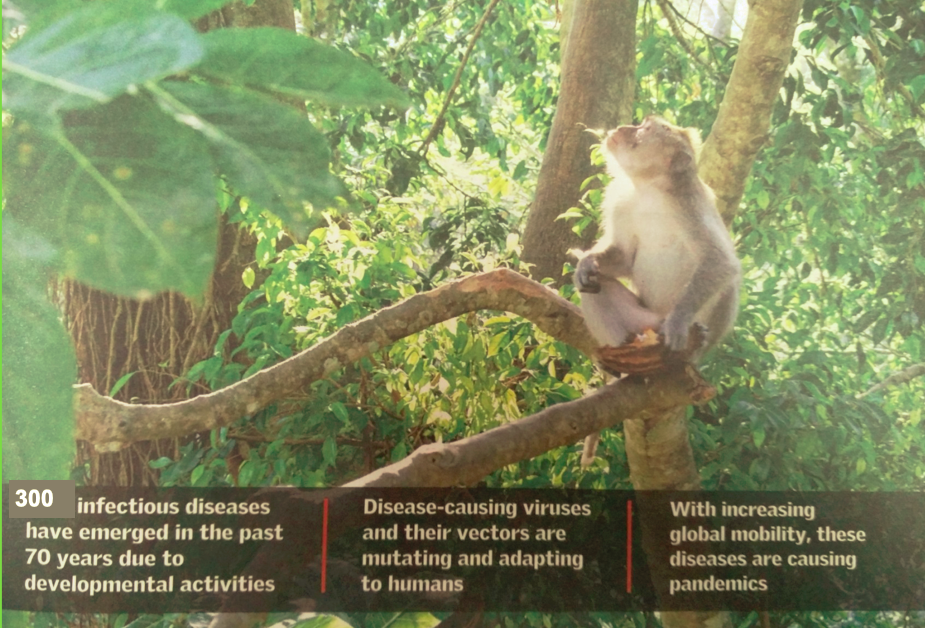
Diseases are out of the jungle because humans destroyed jungles. Infectious diseases once confined to wildlife in forests are now attacking human beings. 300 infectious diseases have emerged in the last 70 years as health hazards. Disease-causing viruses and their vectors are mutating and adapting to humans. With increasing global mobility, these diseases are causing pandemics. Tropical diseases affect half a billion people each year, killing around 20 million.
The Epidemiology of Diseases and Cycle of Transmission
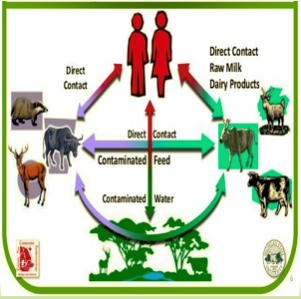
Zoonotic diseases for example, Malaria, Yellow fever, Encephalitis, HIV, Swine flu, Chikungunya, Dengue, Rabies, Covid etc.

Indoor Air Pollution:
Cosmetics, Soaps, Detergents, Insecticides, and Oil Paints.
60 % of Indians are subjected to air pollution from solid fuel. 40% global population is exposed to household air pollutants.
Water Pollution, Lack of Sanitation and Hygiene
- Depletion and lack of clean water
- Pollution of water bodies with:
- Human and animal excreta
- Chemicals from farmlands
- Industrial effluents and urban waste
- Plastic
Water Pollution
- Contamination by Organic Matter
- From human & animal excreta,
- remains of dead animals, birds & fish
- slow flow, stagnant water,
- plastic causing obstructions
● Bacterial, Viral and Paracytic Diseases
A) Direct — Sporadic, Endemic or Epidemic
-
- Diarrhoea ( Bacterial & Amoebic)
- Typhoid, Paratyphoid (Bacterial )
- Infective Hepatitis ( Viral)
- Encephalitis ( Viral)
- Leptospirosis ( In flood waters )
B) Indirect and Delayed
Affect all ages
-
-
- Gi Infections & Epidemics
-
Children less than 5 years
-
-
- Enteric Dysfunctions,
- Malnutrition and Stunted Growth
-
Which leads to in adulthood
-
-
- Diabetes, Metabolic Syndrome
- Chronic Lung Diseases
- Osteoporosis
- Mental Illnesses.
-
Health hazards due to Chemical Pollution
- Pollutants: Chemicals like Chlorine, Sulfates, Nitrates, Fluorides, Mercury, Lead, Selenium, Copper, Fuel Oils, Insecticides, and Chemical L Fertilizers.
- Diseases: Infertility, foetal anomalies, cancer, colitis, fluorosis, hypertension, renal dysfunction, dementia.
Curse of Green Revolution: Poison in the Food
- Agricultural Pollutants in Air, Water, Soil, and Food: Chemical Fertilizers, Insecticides, Pesticides, Weedcides, Antibiotics, Hormones. Vegetarian and Non-Vegetarian Food, Fruits, Processed and Packaged Foods and Beverages. Even in Mineral Water, and even in Breast Milk.
- Diseases: Infertility, Genetic Defects, Abortions, Iugr, Stillbirth, Birth Defects, Cancers, Parkinsonism, Hepatic & Renal Dysfunction, Respiratory & Cardiac Diseases, Alzheimer’s.
- Particulate Pollutants, especially in Groundwater
▪ Metallic particles from the Ground, Soil on banks, Mines
(Lead, Arsenic, Copper, Iron, Mercury, Nickel, Fluoride etc.)
Affections of Bones & Muscles
Bone marrow depression
Neurological disorders
▪ Turbidity, Minerals, Salts
Harmful if concertation (ppm) is beyond limits
Some can cause kidney stones.
▪ Animals get some diseases and transfer them to humans
Paracytic & Fungal infections
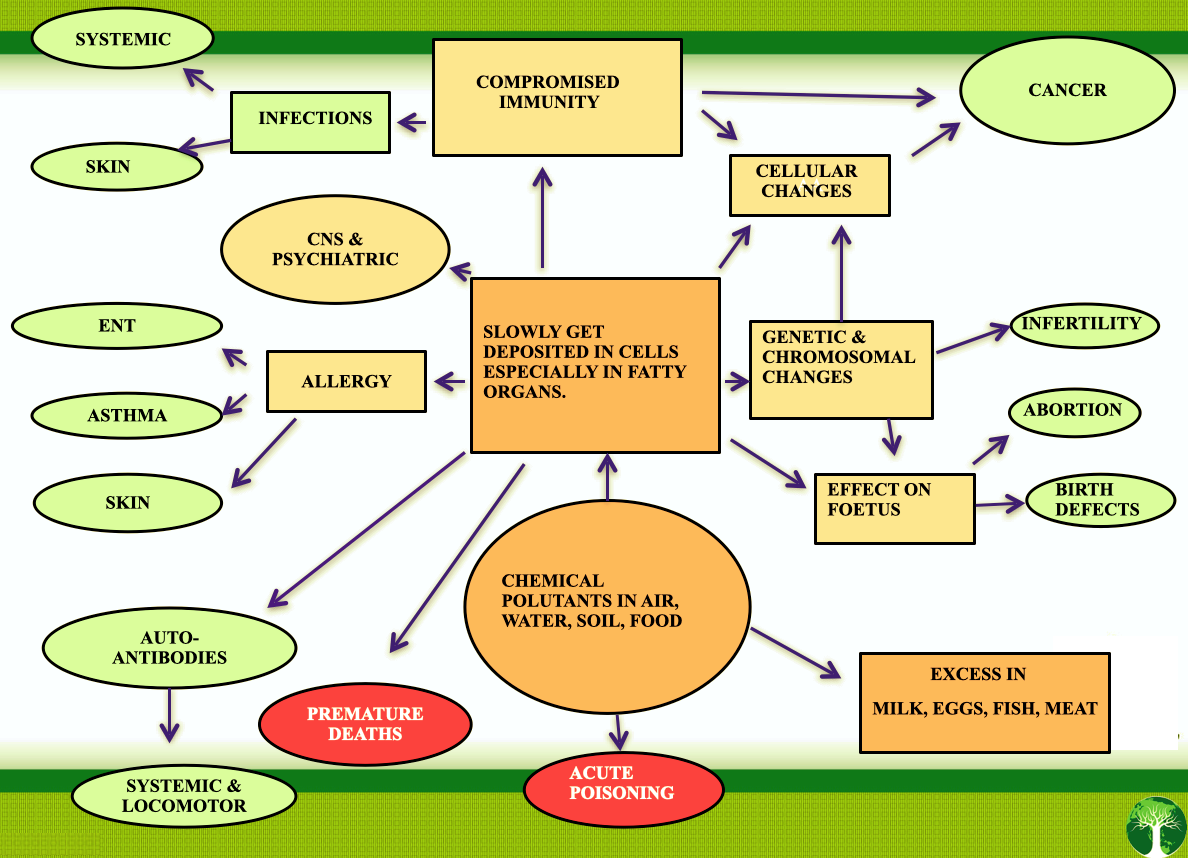
Health Hazards of Radiation
- Radiation: Nuclear, X-Rays, Radiotherapy
- Diseases: Radiation Affects the Whole Body, Gametes, and Foetus, Lethargy, Cancer, Ageing, Enters Food Chain.
- Electronic Gadgets, Cellphones Etc.
- Diseases: Affect Neurons, Cause Dementia and Brain Cancer.
Other Causes of Health Hazards
- Transport: Fuel Consumption & Air Pollution, Accidents- Trauma
- Sound Pollution: Hearing Loss, Stress Leading To Psychiatric Problems & Hypertension
- Explosion Of Population
- Modern Lifestyle, Trash Foods & Beverages
Climate Change – Global Warming
Main Causes and Effects
- Population Density, Vehicular Congestion, Encroachment On Lands And Water Bodies,
- Infrastructure Facilities
- Energy Sector: From Coal, Fuel & Nuclear Reactors
- Burning Of Waste And Fires.
- Green House Gases: Excessive Emissions Of Co2, So2, Methane, Cfc – (From Power Plants, Industries, Transport, Agriculture).
- Effects: Heat, Draughts, Floods, Cyclones.
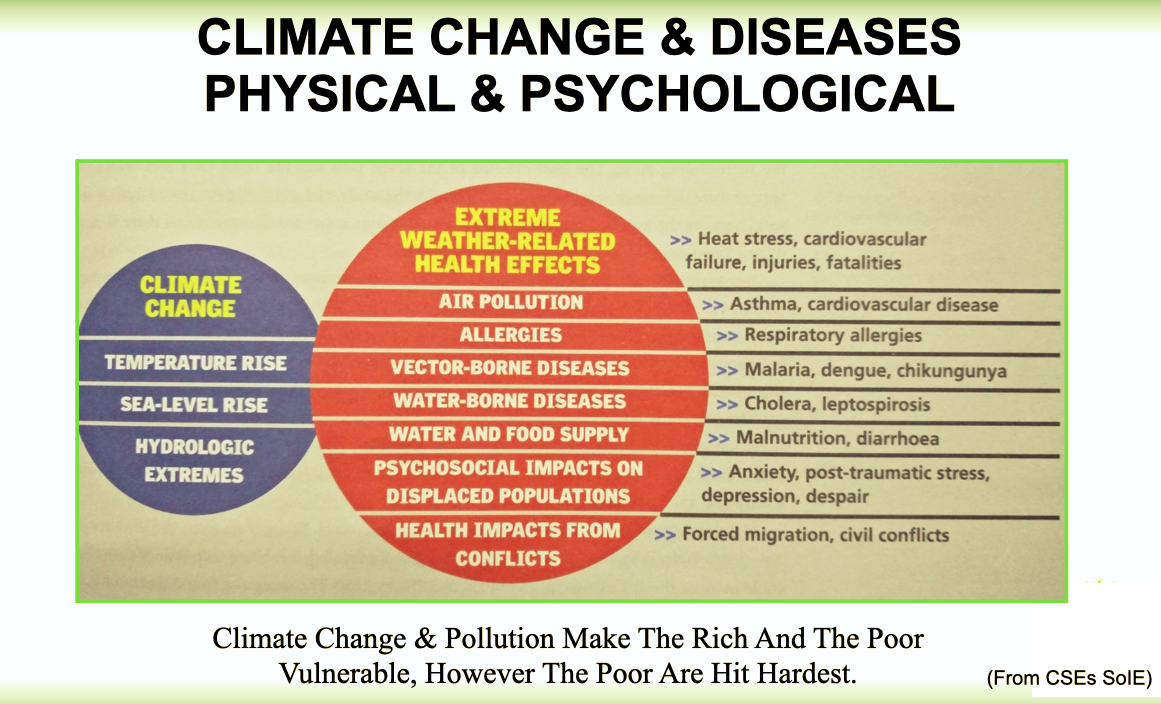
*Dr Ravindra Vora (FRCS (Ed) is a Paediatric Surgeon and Nature Conservationist. He conducted the above research together with Dr Sandeep Shrotri, Surgeon and Nature Conservationist, and Dr Suhas Khambe, PhD, Microbiologist.





